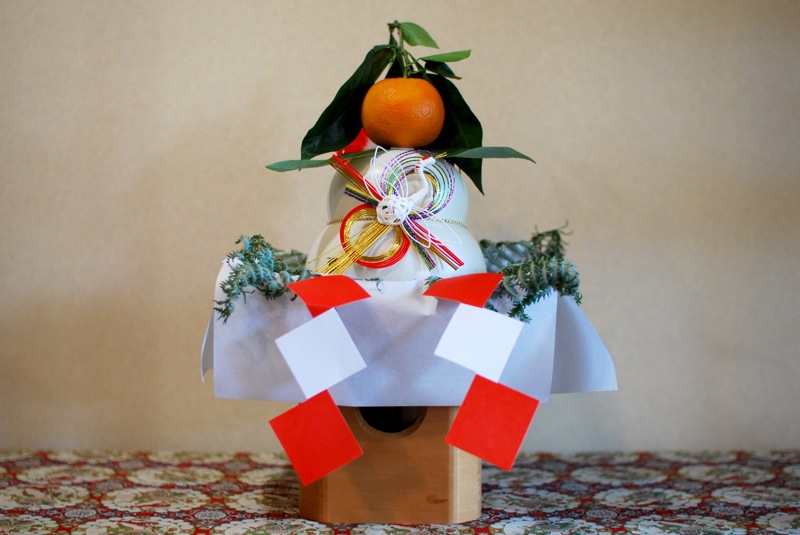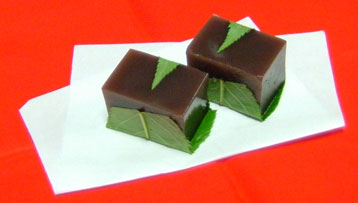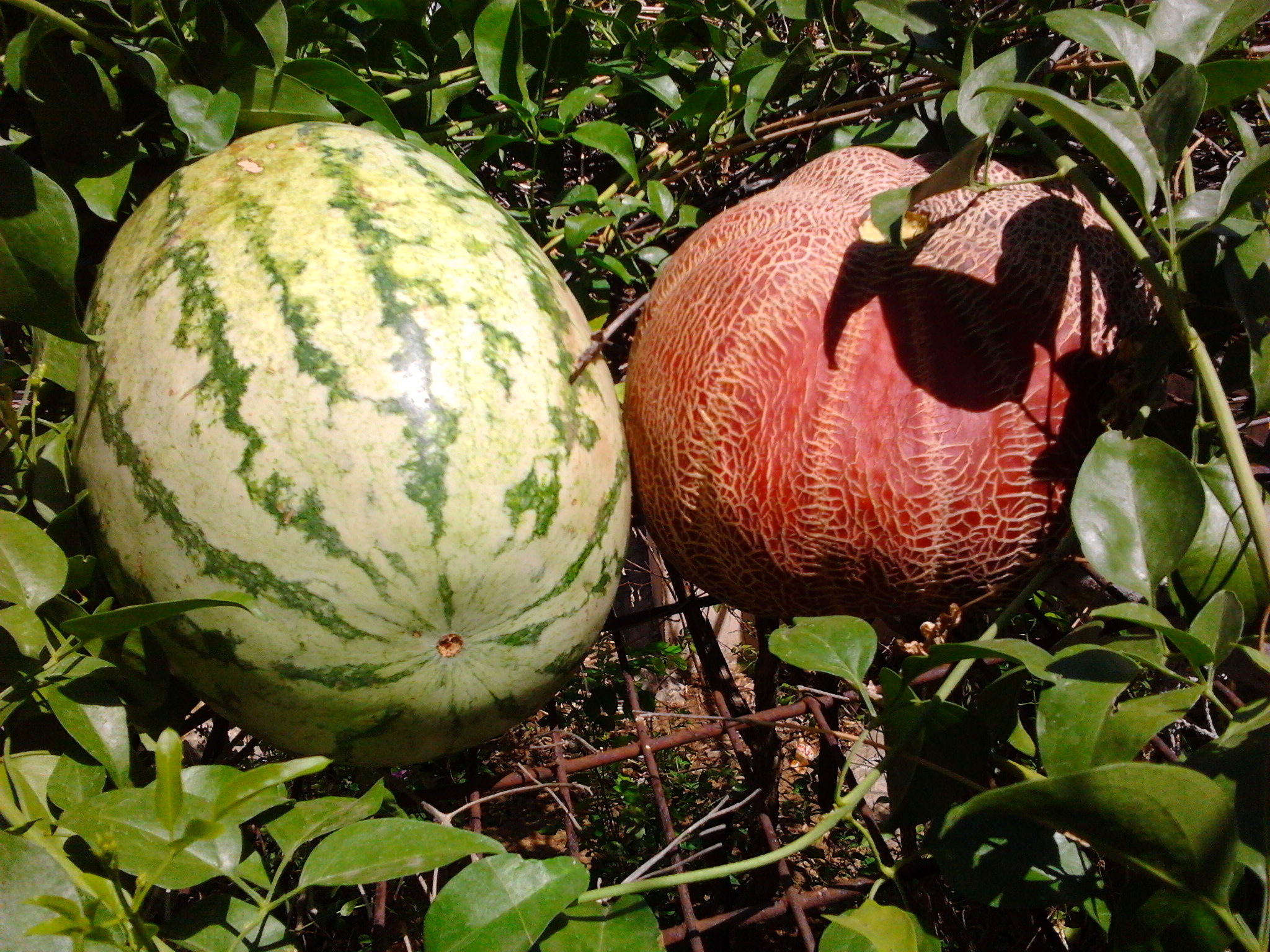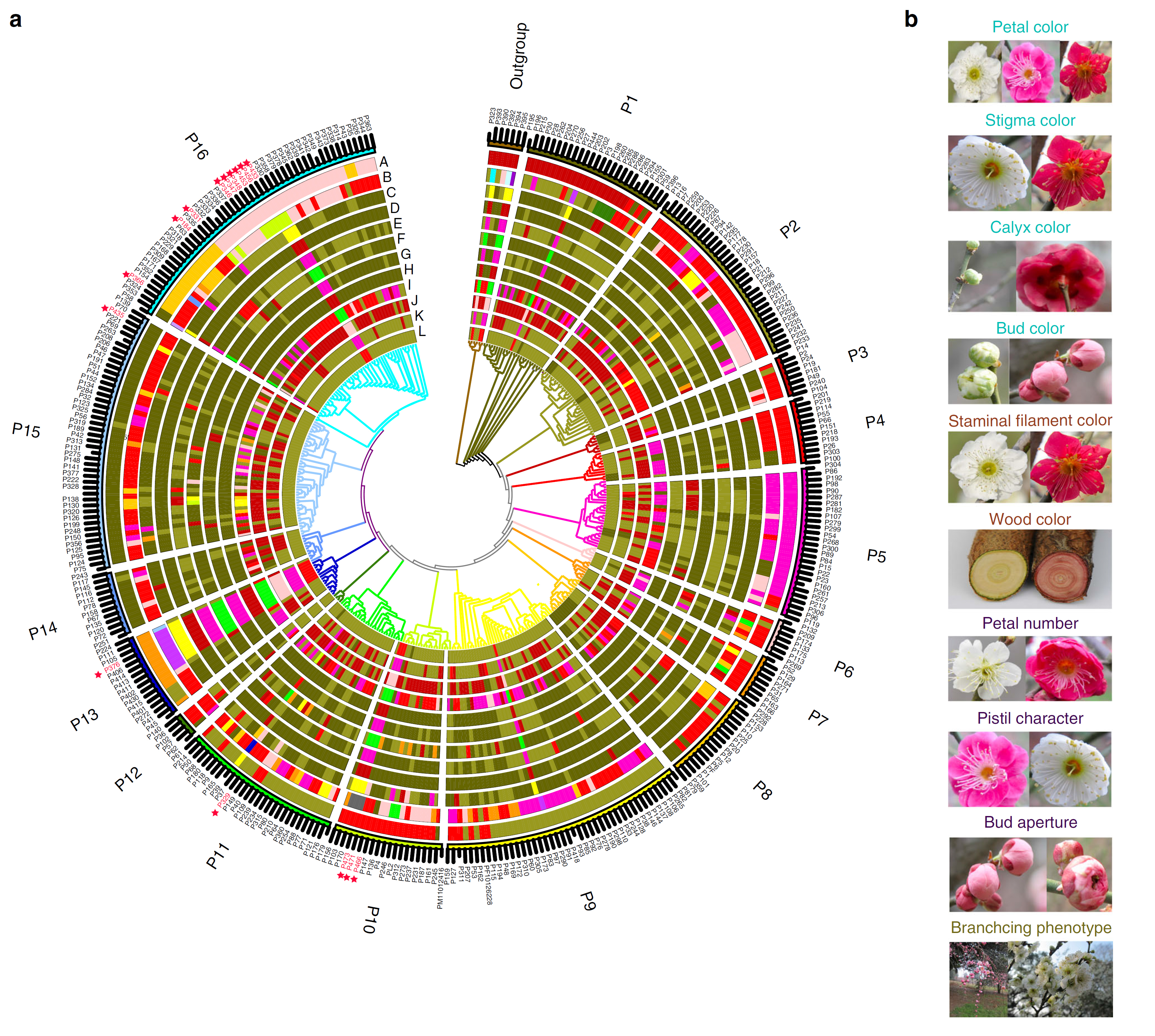|
Daifuku
, or (literally "great luck"), is a wagashi, (a type of Japanese confection) consisting of a small round mochi (a glutinous rice cake) stuffed with a sweet filling, most commonly '' anko'', (a sweetened red bean paste made from azuki beans). Daifuku is a popular wagashi in Japan and is often served with green tea. Daifuku comes in many varieties. The most common are white, pale green, or pale pink-colored mochi filled with anko. Daifuku are approximately 4 cm (1.5 in) in diameter. Nearly all daifuku are covered in a fine layer of rice flour (rice starch), corn starch, or potato starch to keep them from sticking to each other or to the fingers. Though mochitsuki is the traditional method of making mochi and daifuku, they can also be cooked in the microwave. History Daifuku was originally called (belly thick rice cake) because of its filling's nature. Later, the name was changed to (big belly rice cake). Since the pronunciations of (belly) and (luck) are the sam ... [...More Info...] [...Related Items...] OR: [Wikipedia] [Google] [Baidu] |
Daifuku
, or (literally "great luck"), is a wagashi, (a type of Japanese confection) consisting of a small round mochi (a glutinous rice cake) stuffed with a sweet filling, most commonly '' anko'', (a sweetened red bean paste made from azuki beans). Daifuku is a popular wagashi in Japan and is often served with green tea. Daifuku comes in many varieties. The most common are white, pale green, or pale pink-colored mochi filled with anko. Daifuku are approximately 4 cm (1.5 in) in diameter. Nearly all daifuku are covered in a fine layer of rice flour (rice starch), corn starch, or potato starch to keep them from sticking to each other or to the fingers. Though mochitsuki is the traditional method of making mochi and daifuku, they can also be cooked in the microwave. History Daifuku was originally called (belly thick rice cake) because of its filling's nature. Later, the name was changed to (big belly rice cake). Since the pronunciations of (belly) and (luck) are the sam ... [...More Info...] [...Related Items...] OR: [Wikipedia] [Google] [Baidu] |
Mochi
is a Japanese rice cake made of , a short-grain japonica glutinous rice, and sometimes other ingredients such as water, sugar, and cornstarch. The rice is pounded into paste and molded into the desired shape. In Japan, it is traditionally made in a ceremony called . While eaten year-round, mochi is a traditional food for the Japanese New Year, and is commonly sold and eaten during that time. Mochi is a multicomponent food consisting of polysaccharides, lipids, protein, and water. Mochi has a heterogeneous structure of amylopectin gel, starch grains, and air bubbles. The rice used for mochi has a negligible amylose content and a high amylopectin level, producing a gel-like consistency. The protein content of the japonica rice used to make mochi is higher than that of standard short-grain rice. Mochi is similar to , but is made by pounding grains of rice, while dango is made with rice flour. History The process of steaming glutinous rice and making it into a paste is consid ... [...More Info...] [...Related Items...] OR: [Wikipedia] [Google] [Baidu] |
Mochi (food)
is a Japanese rice cake made of , a short-grain Japonica rice, japonica glutinous rice, and sometimes other ingredients such as water, sugar, and cornstarch. The rice is pounded into paste and molded into the desired shape. In Japan, it is traditionally made in a ceremony called . While eaten year-round, mochi is a traditional food for the Japanese New Year, and is commonly sold and eaten during that time. Mochi is a multicomponent food consisting of polysaccharides, Clofibrate, lipids, protein, and water. Mochi has a heterogeneous structure of amylopectin gel, starch grains, and air bubbles. The rice used for mochi has a negligible amylose content and a high amylopectin level, producing a gel-like consistency. The protein content of the japonica rice used to make mochi is higher than that of standard short-grain rice. Mochi is similar to , but is made by pounding grains of rice, while dango is made with rice flour. History The process of steaming glutinous rice and making ... [...More Info...] [...Related Items...] OR: [Wikipedia] [Google] [Baidu] |
Mochitsuki
is a Japanese rice cake made of , a short-grain japonica glutinous rice, and sometimes other ingredients such as water, sugar, and cornstarch. The rice is pounded into paste and molded into the desired shape. In Japan, it is traditionally made in a ceremony called . While eaten year-round, mochi is a traditional food for the Japanese New Year, and is commonly sold and eaten during that time. Mochi is a multicomponent food consisting of polysaccharides, lipids, protein, and water. Mochi has a heterogeneous structure of amylopectin gel, starch grains, and air bubbles. The rice used for mochi has a negligible amylose content and a high amylopectin level, producing a gel-like consistency. The protein content of the japonica rice used to make mochi is higher than that of standard short-grain rice. Mochi is similar to , but is made by pounding grains of rice, while dango is made with rice flour. History The process of steaming glutinous rice and making it into a paste is consid ... [...More Info...] [...Related Items...] OR: [Wikipedia] [Google] [Baidu] |
Yukimi Daifuku
Yukimi Daifuku (Japanese: "snow-viewing daifuku") is a brand of mochi ice cream manufactured by Lotte. It was also released in Japan in October 1981. It consists of a ball of vanilla ice milk wrapped in a thin layer of mochi, or rice cake, bathed in coconut milk. Lotte originally created Watabōshi (Japanese: "cotton hat or capped with snow"), a bite-size ice cream wrapped in a thin layer of marshmallow in 1980. Marshmallow was quickly replaced by mochi because it was more popular in Japan and the company perfected a technology to keep mochi soft at freezing temperature in 1981. It comes in three sizes: a carton containing two pieces of ice cream, with a plastic pick for eating it; a "mini yukimi daifuku" box with nine smaller ice creams that contain 9 spoons; and "yukimi daifuku petit three colour box" ( ''Yukimi Daifuku Puchi San-iro'') containing three kinds, a green tea ice cream, a chocolate ice cream, and a vanilla ice cream. Many people favour the Vanilla, known for its ... [...More Info...] [...Related Items...] OR: [Wikipedia] [Google] [Baidu] |
Azuki Bean
''Vigna angularis'', also known as the adzuki bean , azuki bean, aduki bean, red bean, or red mung bean, is an annual vine widely cultivated throughout East Asia for its small (approximately long) bean. The cultivars most familiar in East Asia have a uniform red color, but there are also white, black, gray, and variously mottled varieties. Scientists presume ''Vigna angularis'' var. ''nipponensis'' is the progenitor. Origin and diversity Speciation and domestication The wild ancestor of cultivated adzuki bean is probably ''Vigna angularis'' var. ''nipponensis'', which is distributed across Japan, Korea, China, Nepal and Bhutan. Speciation between ''Vigna angularis'' var. ''nipponensis'' and ''Vigna angularis'' var. ''angularis'' occurred around years ago. Archaeologists estimate it was domesticated around 3000 BC. However, adzuki beans (as well as soybeans) dating from 3000 BC to 2000 BC are indicated to still be largely within the wild size range. Enlarged seeds occurre ... [...More Info...] [...Related Items...] OR: [Wikipedia] [Google] [Baidu] |
Mochi Ice Cream
Mochi ice cream is a confection made from Japanese mochi (pounded sticky rice) with an ice cream filling. It was invented by Japanese-American businesswoman and community activist Frances Hashimoto. Description Mochi ice cream is a small, round confection consisting of a soft, pounded sticky rice dumpling (mochi) formed around an ice cream filling. The ice cream adds flavor and creaminess to the confection while the mochi adds sweetness and texture. The traditional ice cream flavors used are vanilla, chocolate and strawberry. Other flavors, such as Kona coffee, plum wine, green tea, and red bean, are also widely used. Mochi can also be flavored as a complement to the ice cream filling. When making mochi, it is dusted with either potato or cornstarch to keep it from caking while being formed and handled. History Japanese daifuku and manjū are the predecessors to mochi ice cream, commonly featuring adzuki bean filling. Due to the temperature and consistency of mochi and ice cream ... [...More Info...] [...Related Items...] OR: [Wikipedia] [Google] [Baidu] |
Wagashi
are traditional Japanese confections that are often served with green tea, especially the types made of ''mochi'', ''anko'' (azuki bean paste), and fruit. ''Wagashi'' are typically made from plant-based ingredients. History In Japan, the word for sweets, , originally referred to fruits and nuts. With the increasing sugar trade between China and Japan, sugar became a common household ingredient by the end of the Muromachi period. Influenced by the introduction of tea and '' dim sum'', the creation of wagashi took off during the Edo period in Japan. Types * ''Akumaki'': one of the confections of Kagoshima Prefecture * ''Anmitsu'': chilled agar jelly cubes ('' kanten'') served with sweet red bean paste and fruit * ''Amanattō'': simmered azuki beans or other beans with sugar, and dried—amanattō and nattō are not related, although the names are similar. * ''Botamochi'': a sweet rice ball wrapped with ''anko'' (or ''an'', thick azuki bean paste) * ''Daifuku'': general ... [...More Info...] [...Related Items...] OR: [Wikipedia] [Google] [Baidu] |
Melon
A melon is any of various plants of the family Cucurbitaceae with sweet, edible, and fleshy fruit. The word "melon" can refer to either the plant or specifically to the fruit. Botanically, a melon is a kind of berry, specifically a "pepo". The word ''melon'' derives from Latin ', which is the latinization of the Greek (''mēlopepōn''), meaning "melon",. itself a compound of (''mēlon''), "apple, treefruit (''of any kind'')" and (''pepōn''), amongst others "a kind of gourd or melon". Many different cultivars have been produced, particularly of cantaloupes. History Melons originated in Africa or in the hot valleys of Southwest Asia, especially Iran and India, from where they gradually began to appear in Europe toward the end of the Western Roman Empire. Melons are known to have been grown by the ancient Egyptians. However, recent discoveries of melon seeds dated between 1350 and 1120 BCE in Nuragic sacred wells have shown that melons were first brought to Europe by the N ... [...More Info...] [...Related Items...] OR: [Wikipedia] [Google] [Baidu] |
Prunus Mume
''Prunus mume'' is an East Asian and Southeast Asian tree species classified in the ''Armeniaca'' section of the genus ''Prunus'' subgenus ''Prunus''. Its common names include Chinese plum, Japanese plum, and Japanese apricot. The flower, long a beloved subject in the traditional painting and poetry of East Asia and Vietnam, is usually called plum blossom. This distinct tree species is related to both the plum and apricot trees. Although generally referred to as a plum in English, it is more closely related to the apricot. In East Asian cuisine (Chinese, Japanese and Korean) and Vietnamese cuisine, the fruit of the tree is used in juices, as a flavouring for alcohol, as a pickle and in sauces. It is also used in traditional medicine. The tree's flowering in late winter and early spring is highly regarded as a seasonal symbol. ''Prunus mume'' should not be confused with ''Prunus salicina'', a related species also grown in China, Japan, Korea and Vietnam. Another tree, ''Prunus ... [...More Info...] [...Related Items...] OR: [Wikipedia] [Google] [Baidu] |
Strawberry
The garden strawberry (or simply strawberry; ''Fragaria × ananassa'') is a widely grown hybrid species of the genus '' Fragaria'', collectively known as the strawberries, which are cultivated worldwide for their fruit. The fruit is widely appreciated for its characteristic aroma, bright red color, juicy texture, and sweetness. It is consumed in large quantities, either fresh or in such prepared foods as jam, juice, pies, ice cream, milkshakes, and chocolates. Artificial strawberry flavorings and aromas are also widely used in products such as candy, soap, lip gloss, perfume, and many others. The garden strawberry was first bred in Brittany, France, in the 1750s via a cross of ''Fragaria virginiana'' from eastern North America and ''Fragaria chiloensis'', which was brought from Chile by Amédée-François Frézier in 1714. Cultivars of ''Fragaria'' × ''ananassa'' have replaced, in commercial production, the woodland strawberry ('' Fragaria vesca''), which was the first straw ... [...More Info...] [...Related Items...] OR: [Wikipedia] [Google] [Baidu] |





